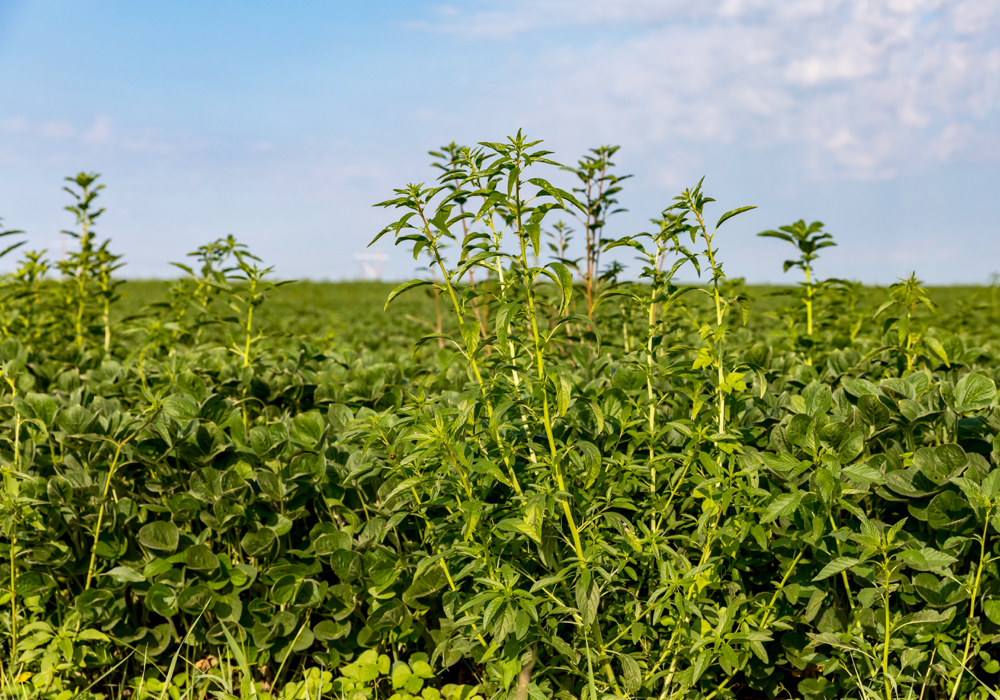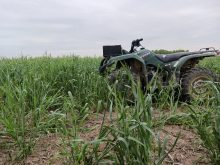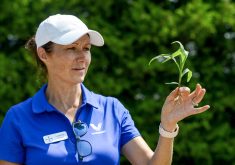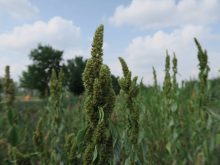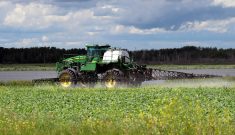Waterhemp can be controlled through a variety of approaches, but identification is often difficult.
The weed — a non-native member of the pigweed family first discovered in Lambton County in 2002 – is an annual plant producing tens of thousands of seeds every year. It features narrow leaves, wavy leaf margins, and (almost completely) hairless stems which OMAFRA resources describe as “smooth to the touch.”
Waterhemp (Amaranthus Rudis L.) can be easily confused with redroot or green pigweed during the early stages of growth, which also happens to be the best time to control the plant. However, the lack of hairs is a notable indicator.
Read Also
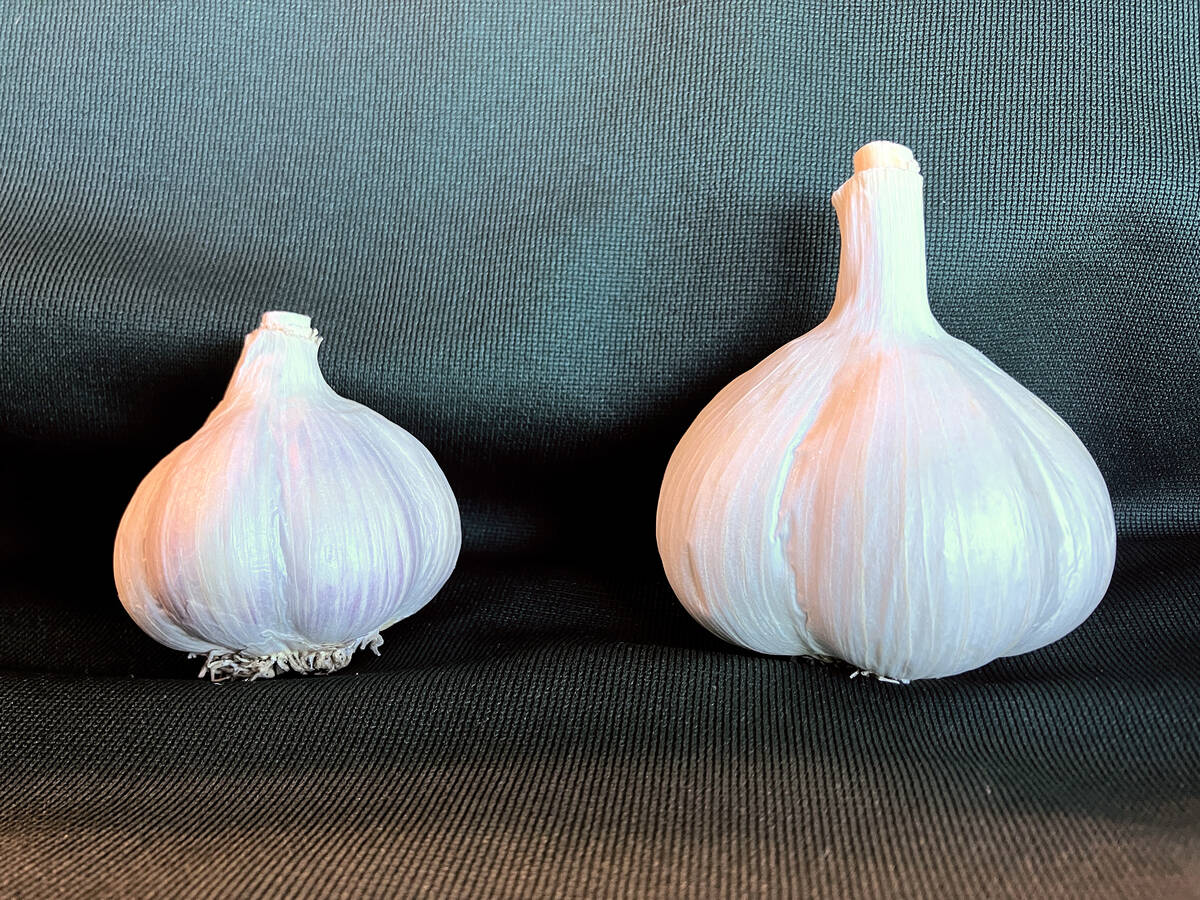
Clean seed garlic promises bigger bulbs and higher returns for growers
Ontario garlic trials show clean seed outshines conventional yields, with stronger drought resilience, reduced virus risk and greater economic outcomes.
Mature plants are taller than other pigweed species, growing from 1.5 to 2.5 (4.5 to 7.5 feet) in height. Stem colouration ranges from green to purple and red.
As described by OMAFRA, the first line of defense against waterhemp is proper identification This also applies to palmer amaranth, a related species now identified as the worst weed in United States agriculture. Difficult early identification of waterhemp means early control is also a challenge.
Concerning instances of resistance
So far, waterhemp has been found in Bruce, Chatham-Kent, Essex, Lambton, Haldimand and Middlesex counties. Varieties with cross-resistance have been found for a variety of herbicide groups:
- Group 2 (ALS inhibitors like Pinnacle, Prism, and Pursuit),
- Group 5 (Photosystem II inhibitors like Gesagard, Sencor, Simazine, Sinbar)
- Group 9 (EPSP synthase inhibitors, namely glyphosate)
- Group 14 (PPO-inhibitors such as Authority, Aim, Chateau, Goal).
As of August 2018, waterhemp remained the first weed in Ontario with Group 14 resistance (though all samples were found within 25 kilometres of each other in Essex County). OMAFRA resources reiterate samples also have cross-resistance to Groups 2, 5 and 9 herbicides, and that waterhemp – like redroot pigweed – is a cross-pollinating species. This makes it easier for resistance to spread.
Controlling waterhemp
Waterhemp emerges over a long period of time in the spring, though germination occurs whenever soil temperatures are between eight and 30C. But the tendency for early germination also allows for effective early-season control with soil-applied herbicides.
In corn, OMAFRA resources say Converge and Primextra II Magnum pre-emergence herbicides (a two and three-blend mix respectively) have been shown to provide 99 per cent control. A high rate of Boundary (another three-ingredient mix) applied pre-emergence has also been shown to bring 97 per cent control in soybeans. If an additional post-emergent herbicide application is required, Callisto mixed with atrazine, as well as a dicamba-atrazine tank mix (under the trade name Marksman), are effective solutions in herbicide some resistant crops.
OMAFRA resources add the possibility of resistance to these and other chemistries is an important consideration in any control strategy.
A minimum of two modes of action based on Group 14 or 15 products should be used.
Herbicide programs identified by the University of Guelph Ridgetown campus as effective on waterhemp are equally effective on pigweed and other species. This means addressing pigweeds in general inevitably provides preventive control of waterhemp, should it be present.
When practical, washing equipment after harvest and donning clean apparel after entering fields with significant waterhemp populations helps reduce the spread of its minutely-sized seeds. Significant canopy growth from other crops – namely wheat – also prevents waterhemp growth and proliferation season-to-season.




